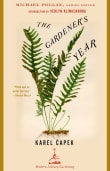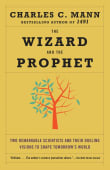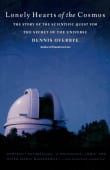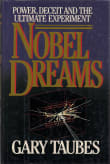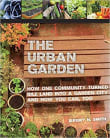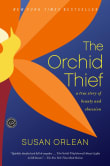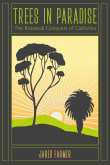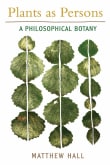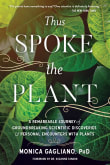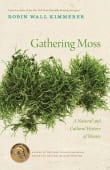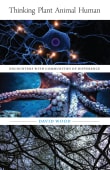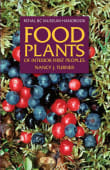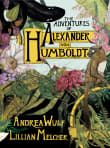The Botany of Desire
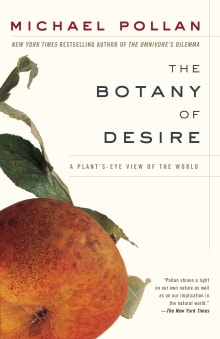
Book description
A farmer cultivates genetically modified potatoes so that a customer at McDonald's half a world away can enjoy a long, golden french fry. A gardener plants tulip bulbs in the autumn and in the spring has a riotous patch of colour to admire. Two simple examples of how humans act…
Why read it?
9 authors picked The Botany of Desire as one of their favorite books. Why do they recommend it?

“The face that launched a thousand ships,” as Homer would say. Pollan’s witty and well-written treatment of how plants think and act to modulate their environments inspired 21st-century “critical plant studies” in the Anglophone world, including mine.
The book starts you thinking about the thousands of ways plants elbow into your world and how much they matter to your existence on earth, in economic but also spiritual senses. You end up agape in wonder.
From Paolo's list on how plants make human history happen.

This book is an absolute classic when it comes to plants, and I often turn back to it. Pollan mixes history, science, and cultural reflection to tell fuller stories about plants we have long histories with, like apples, all the while illuminating what makes those plants important to us—and how they’ve also transformed our ways of living.
It’s a book rich with anecdotes that are completely unforgettable.
From Jessica's list on change how you think about plants.

Another author of wide-ranging intellect, Pollan takes us through the history of the apple, the tulip, marijuana, and the potato from the viewpoint of the plants. The chapters on the apple and the tulip are my favorites. Pollan has me looking at my favorite flowers in new ways – rose and peony, in his view, are Dionysian flowers, “deeply sensual” while the tulip is Apollonian, all clarity and order. But beauty, as defined by the Greeks, is when “Apollonian form and Dionysian ecstasy are held in balance,” thus the most beautiful flowers are “the ones that partake of their opposing…
From Ngoc's list on why everyone loves gardening.

This is number one on my list. Exceptional in every sense, from the almost poetic language used to describe plant-human interactions to the ability to put a specific plant species (from apples to potatoes) in historical context. It is transformative. A plants-eye view of humans and their botanical favorites.
From Lewis' list on climate and plants, from forests to farms.

Pollan sets out to explore the nature of four very human desires—sweetness, beauty, intoxication, and control—through a quartet of plants that satisfy those very needs: the apple, the tulip, marijuana, and the potato. What he gently imparts to his readers during the course of these investigations is that plants can muster a lot more resources, intelligence, and agency than most people ever imagined.
From Jack's list on the interwoven lifeways of plants and people.

Michael Pollan has a gift for engaging and thought-provoking writing, both easy to follow and leading the reader to unconventional conclusions. In The Botany of Desire, Pollan is at his best as an author, who is rediscovering human emotions through plants. I love the part on our craving for the sweet, where Pollan follows the winding paths of apple seeds and apple trees. Along the way, we come across a wealth of unexpected insights, from the fact that, grown from seeds, apples revert to the “wild,” undomesticated varieties to how they are connected to the Silk Road. Overall, the…
From Michael's list on plants and philosophy.

I love the way Michael Pollen makes us take the plant’s point of view, reminding us of how often we are coaxed to grow, eat, admire, and revere things that we “think” we discovered ourselves.
I also love that Johnny Appleseed and Luther Burbank grew up as near neighbors, just a few years apart. Inland Massachusetts as an agricultural hotbed—who knew?
From Jane's list on changing how you think about plants and gardens.

Why would roses look beautiful to humans? Why would certain herbs create hallucinations in the human brain? Michael Pollan follows the deep back story of four species of desirable plants to explore many questions we take for granted about the world around us. This book is an example of the way great science writing can answer questions we didn’t even think to ask.
From Faye's list on the deep history of the universe.

Pollan is one of those luminously intelligent people who create the illusion that writing is effortless and fun, even while delivering great jolts of new insight about the natural world. Taking four plants—apples, tulips, potatoes, and marijuana—he shows how people have cultivated and transformed them through the centuries, how they shape our agriculture and consumption patterns, and how we should assess the good and bad sides of genetic engineering.
From Patrick's list on understanding American environmental history.
Want books like The Botany of Desire?
Our community of 12,000+ authors has personally recommended 100 books like The Botany of Desire.

